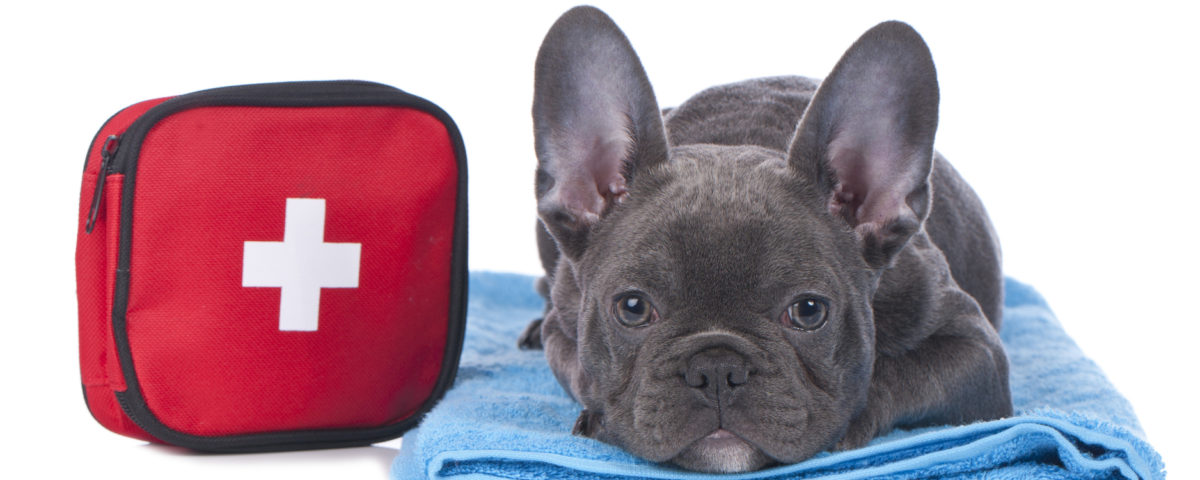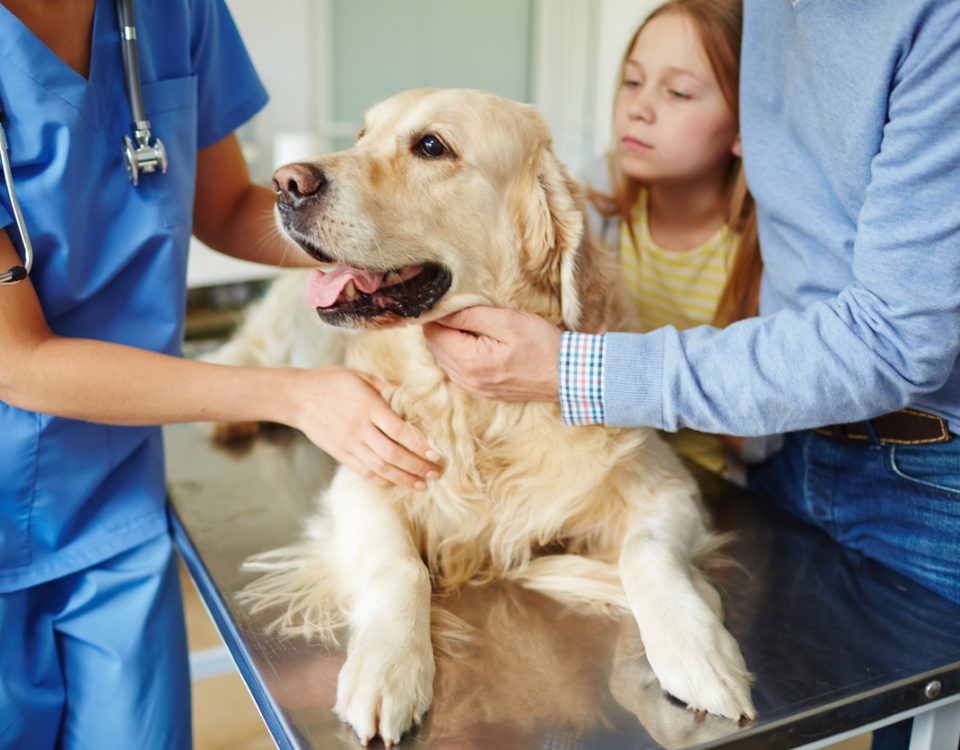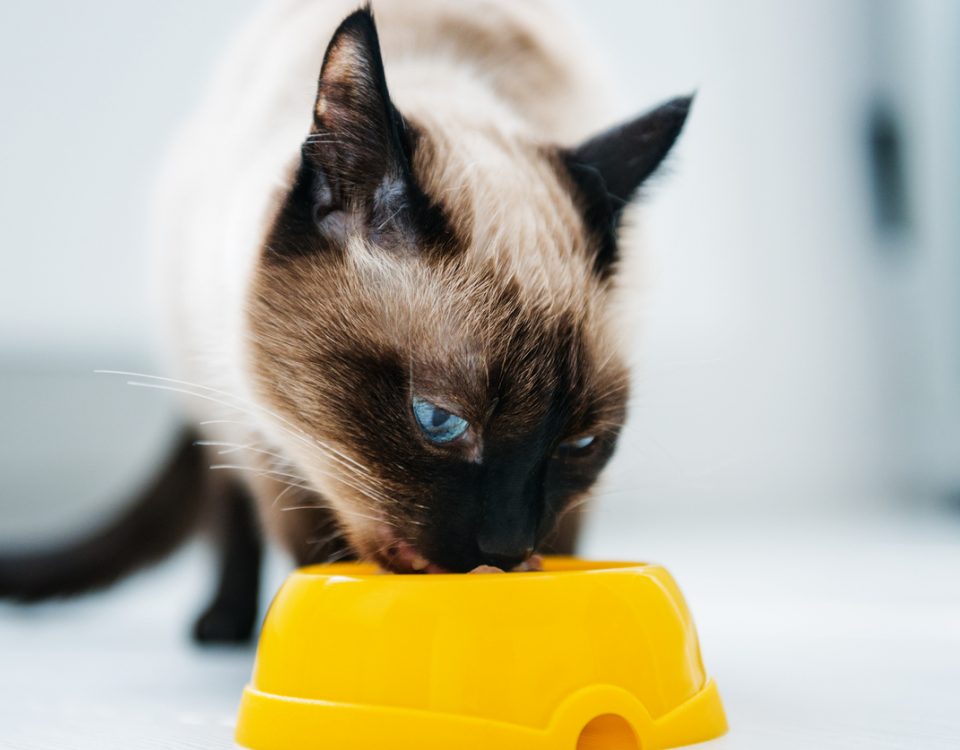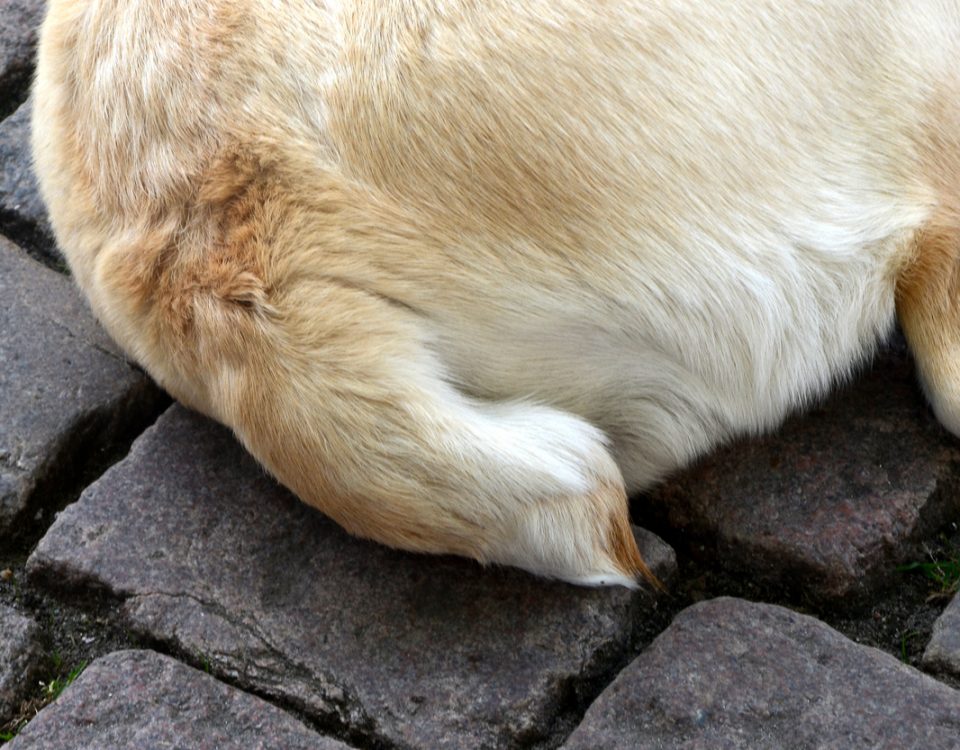- Call today!
- 845-706-7885

Disaster Preparedness for Your Pet
September 15, 2016Everyone who shares a home with a pet should have a basic pet first-aid kit on hand.
Keep your pet’s first-aid kit in your home and take it with you if you are traveling with your pet.
One way to start your kit is to buy a first-aid kit designed for people and add pet-specific items to it. You can also purchase a pet first-aid kit from a pet-supply store or catalog. But you can easily assemble your own kit by gathering the items on our lists below.
Pet-specific supplies:
Pet first-aid book
Phone numbers: your veterinarian, the nearest emergency-veterinary clinic (along with directions!) and a poison-control center or hotline (such as the ASPCA poison-control center, which can be reached at 1-800-426-4435)
Paperwork for your pet (in a waterproof container or bag): proof of rabies-vaccination status, copies of other important medical records and a current photo of your pet (in case he gets lost)
Nylon leash
Self-cling bandage (bandage that stretches and sticks to itself but not to fur—available at pet stores and from pet-supply catalogs)
Muzzle or strips of cloth to prevent biting (don’t use this if your pet is vomiting, choking, coughing or otherwise having difficulty breathing)
Basic first-aid supplies
Absorbent gauze pads
Adhesive tape
Antiseptic wipes, lotion, powder or spray
Blanket (a foil emergency blanket)
Cotton balls or swabs
Gauze rolls
Hydrogen peroxide (to induce vomiting—do this only when directed by a veterinarian or a poison-control expert)
Ice pack
Non-latex disposable gloves
Petroleum jelly (to lubricate the thermometer)
Rectal thermometer (your pet’s temperature should not rise above 103°F or fall below 100°F)
Scissors (with blunt ends)
Sterile non-stick gauze pads for bandages
Sterile saline solution (sold at pharmacies)
Tweezers
A pillowcase to confine your cat for treatment
A pet carrier
Other useful items:
Diphenhydramine (Benadryl®), if approved by a veterinarian for allergic reactions. A veterinarian must tell you the correct dosage for your pet’s size.
Ear-cleaning solution
Expired credit card or sample credit card (from direct-mail credit-card offers) to scrape away insect stingers
Glucose paste or corn syrup (for diabetic dogs or those with low blood sugar)
Nail clippers
Non-prescription antibiotic ointment
Penlight or flashlight
Plastic eyedropper or syringe
Rubbing alcohol (isopropyl) to clean the thermometer
Splints and tongue depressors
Styptic powder or pencil (sold at veterinary hospitals, pet-supply stores, and your local pharmacy)
Temporary identification tag (to put your local contact information on your pet’s collar when you travel)
Towels
Needle-nosed pliers
Common-sense advice:
In addition to the items listed above, include anything your veterinarian has recommended specifically for your pet.
Check the supplies in your pet’s first-aid kit occasionally and replace any items that have expired.
For your family’s safety, keep all medical supplies and medications out of the reach of children and pets.
To read more about pet first aid and other pet centered issues be sure to visit www.humanesociety.org




